There are many kinds of rain gauges, such as piezoelectric rain gauges, optical rain gauges, skip bucket rain gauges, etc., but do you know how they work?
It's okay if you don’t know, because this article is here to tell you how these common rain gauges work and how to pick the one that's right for you.

Introduction to the rain gauge
Rain gauges are of great usage in different fields. For example, in agriculture, water conservancy, electricity and other fields, the size of rainfall has a great impact on these fields, and timely measures should be taken to prevent accidents. So it was important for them to have an accurate rain gauge.
How a rain gauge works
Let's first understand its principle, only by understanding its working principle, it’s better to choose a rain gauge that really suits us.
Piezoelectric rain gauge
Working principle: piezoelectric effect. When raindrops hit the surface of the rain gauge, vibrations are generated. These vibrations affect the internal charge distribution, and by measuring the changes in the charge, we can determine the amount of rainfall.
It is simply understood that when the piezoelectric rain gauge monitors rainfall, it has a great relationship with the weight of raindrops and the impact strength.
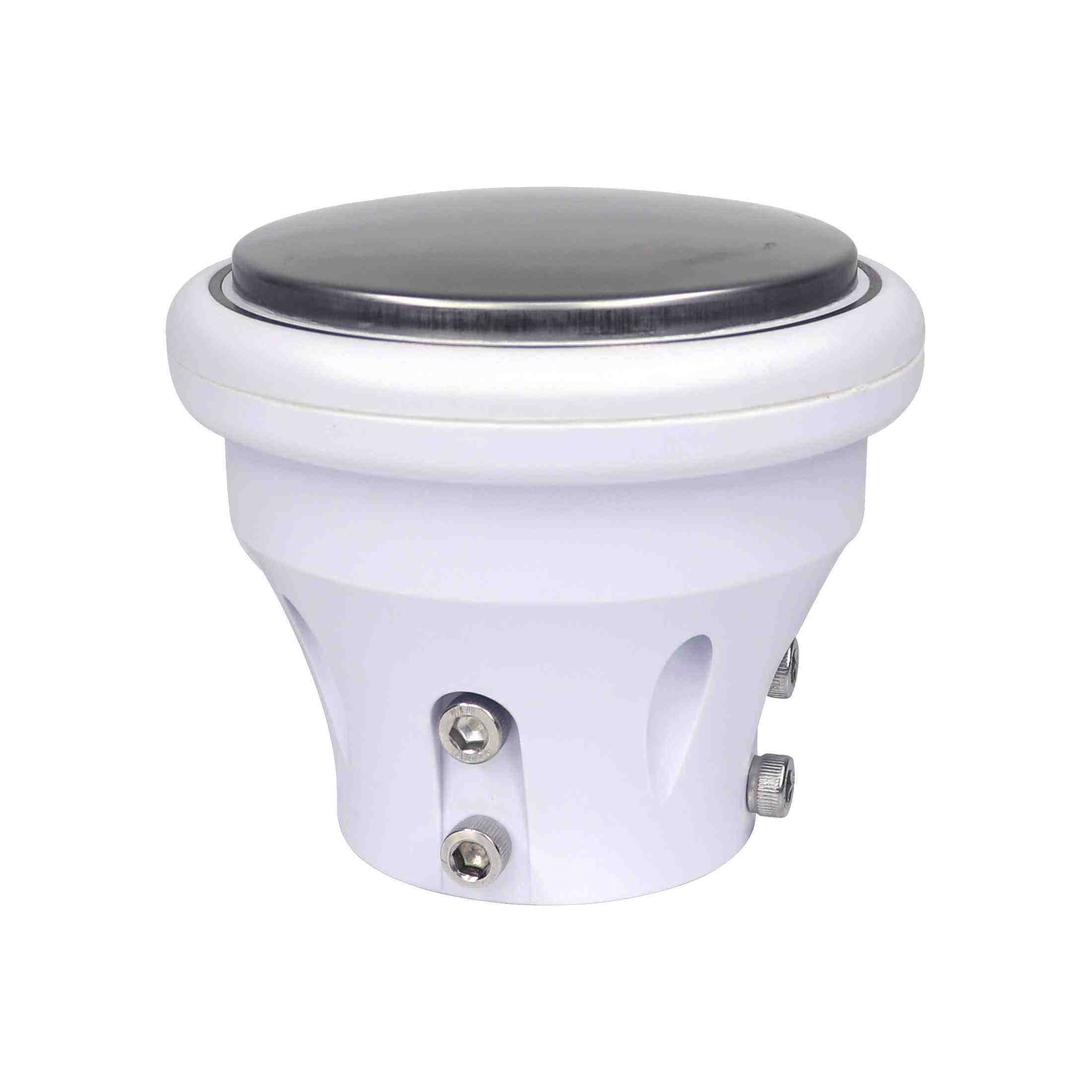
Optical rain gauge
Working principle: optical detection technology. We can simply understand that when raindrops pass through the measurement area, they will scatter and refract the light, which will also change the propagation path and intensity of the light. A rain gauge can detect these changes in light and calculate the amount of rainfall.
In simple terms, when an optical rain gauge monitors rainfall, the extent to which raindrops scatter and refract light reflects the size and number of raindrops.
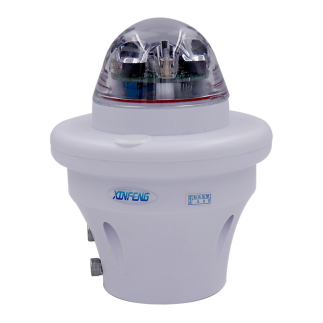
Tipping bucket rain gauge
Working principle: mechanical balance and electronic signal conversion technology. Rainwater enters the skip through the rainwater collector, and when the amount of water in the skip reaches a certain scale, under the action of gravity, the skip will flip and pour out the water. The amount of water poured out is the same each time, so we can tell how much rain fell.
It can be simply understood that the size of the rainfall affects the speed of the flip, and the faster the speed of the flip, the greater the current rainfall.
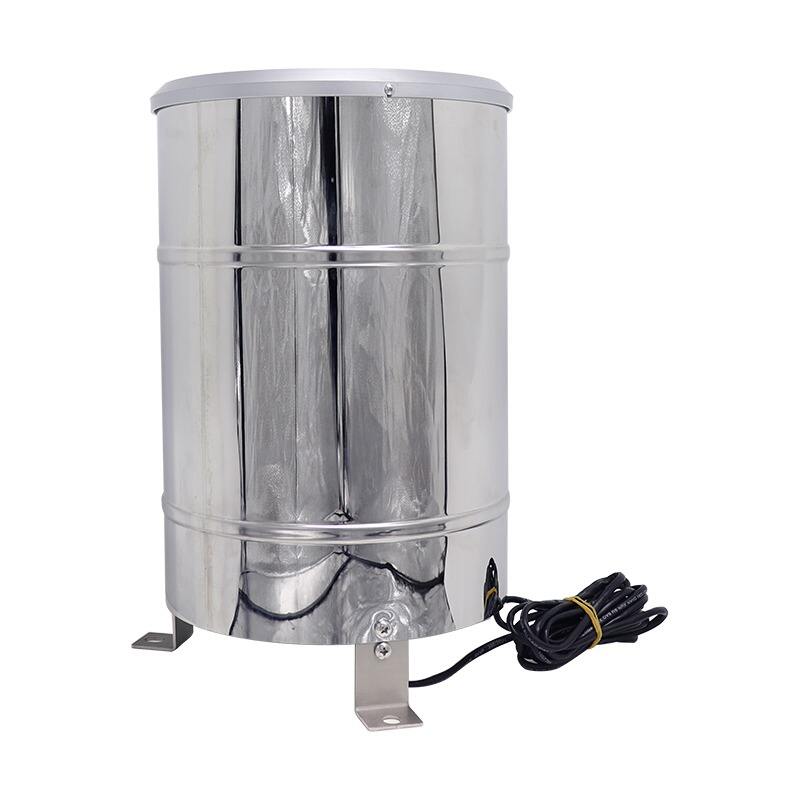
Advantages and disadvantages of different rain gauges
Piezoelectric rain gauge
Its advantage is that it is small in size, easy to install, and it does not need to be specially maintained.
However, because the current amount of rain is judged based on the impact of raindrops, the accuracy of the piezoelectric rain gauge is not as high during light rain. Moreover, when nearby vibrations occur, the accuracy of the piezoelectric rain gauge is also affected. In contrast, during heavy rain or storms, the piezoelectric rain gauge is very accurate.
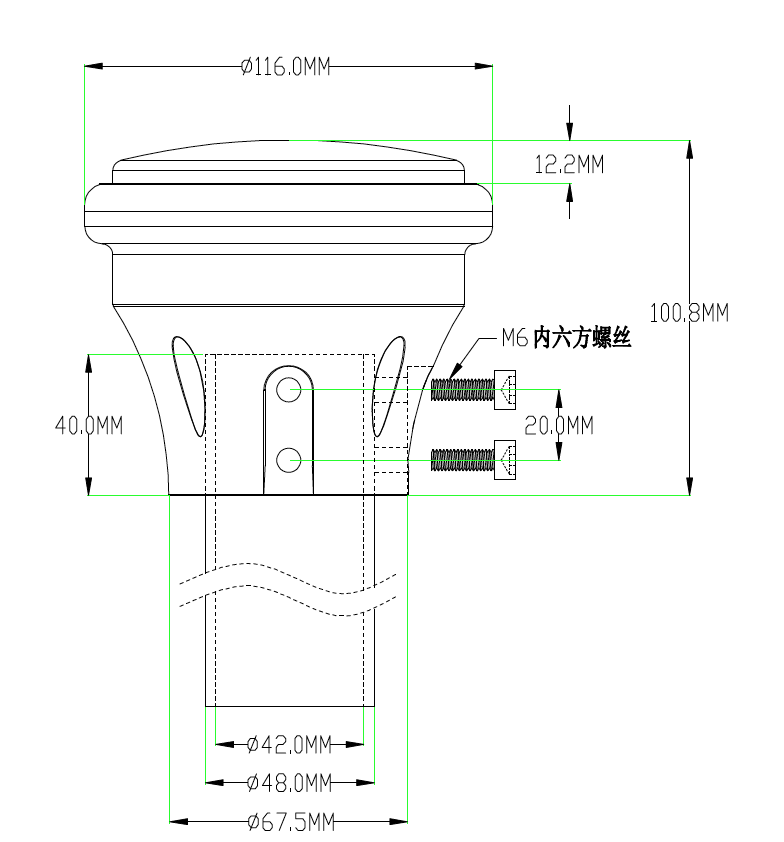
Optical rain gauge
It has the advantage of small size, easy to install, no extra maintenance, and it will not be affected by vibration.
However, because it is the scattering and refraction of light that judge the size of the current rainfall, its accuracy is relatively poor during heavy rains.
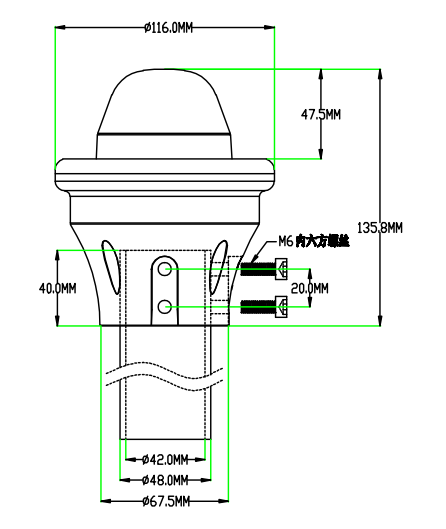
Tipping bucket rain gauge
Compared with the first two types of rain gauges, the accuracy of the tipping bucket rain gauge is the highest, if there are requirements for accuracy, it is recommended to use the tipping bucket rain gauge.
However, it also has disadvantages, because of the tipper design, we need to regularly clean the rain port and tipper and other components, in order to prevent external impurities from affecting the accuracy of the measuring results.
The choice of a rain gauge
After understanding the working principle and advantages and disadvantages of the rain gauges, we can choose the best sensor according to the different environment we need to monitor.
If you need to monitor an environment that cannot be maintained regularly, or if maintenance is difficult, then I recommend choosing a piezoelectric or optical rain gauge.
If you need to monitor the environment around the frequent occurrence of vibration, such as beside the track. Then we can choose an optical rain gauge or a tipping bucket rain gauge to avoid unnecessary errors caused by vibration.
If the environment that needs to be monitored has a high requirement for the accuracy of rainfall, and it supports frequent maintenance at the same time, then we can choose a tipping bucket rain gauge.
Now, do you know how to choose the right rain gauge for you?
Content summary
Today we share with you the working principle of three common rain gauges, their advantages and disadvantages, and how we can choose the best rain gauge for us. I hope these contents can bring you some help!
If you are interested in the above three different rain gauges, please contact us! We will use affordable prices and high quality products to serve you!

 EN
EN
 AR
AR
 BG
BG
 HR
HR
 FR
FR
 JA
JA
 KO
KO
 PT
PT
 RU
RU
 ES
ES
 ID
ID
 VI
VI
 TH
TH




